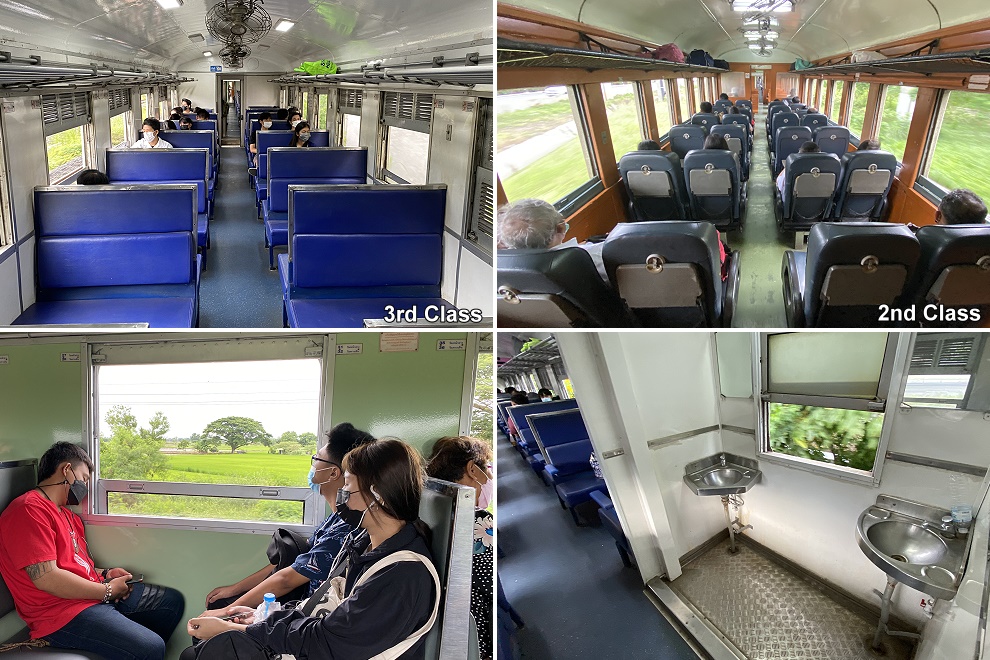
Introduction
Bangkok, the capital city of Thailand, is not only a major cultural center but also a significant economic hub in Southeast Asia. As one of the most visited cities in the world, it attracts millions of tourists each year, drawn by its rich history, vibrant street life, and ornate temples. Understanding Bangkok’s role is crucial as it reflects broader trends in tourism, urbanization, and economic development in the region.
The Current Landscape of Bangkok
As of 2023, Bangkok continues to recover from the impact of the COVID-19 pandemic. The tourism sector, which contributes substantially to the local economy, is showing promising signs of revival. According to the Tourism Authority of Thailand, visitor numbers have significantly increased, with over 12 million tourists expected by the end of the year, restoring nearly 70% of the pre-pandemic level.
The city has embraced sustainable tourism practices, implementing measures to minimize environmental impact and enhance local community involvement. Initiatives such as promoting bicycle tours and the use of public transport have gained popularity among both tourists and locals, aiming to reduce traffic congestion and improve air quality in the bustling metropolis.
Cultural Significance and Events
Bangkok is renowned for its cultural heritage, with landmarks such as the Grand Palace, Wat Arun, and Wat Phra Kaew symbolizing Thailand’s artistic accomplishments. The city hosts a plethora of events throughout the year, including the famous Songkran Festival, a celebration of the Thai New Year characterized by water fights and traditional rituals. In 2023, the festival saw an impressive turnout, marking a vibrant return to large public gatherings.
Furthermore, the annual Bangkok International Film Festival and various arts festivals showcase the city’s cultural richness and draw international attention to Thai cinema and performing arts.
Challenges Ahead
Despite its growth and cultural significance, Bangkok faces several challenges. Rapid urbanization has led to severe traffic congestion, pollution, and social disparities. The government is focusing on infrastructure development, including the expansion of mass transit systems like the Skytrain and subway, to address these issues. Meetings with urban planners and sustainability experts have led to strategic plans aimed at enhancing the quality of life for residents while accommodating the needs of an increasing population.
Conclusion
As Bangkok continues to evolve, its role as Thailand’s vibrant capital remains pivotal. With its rich cultural tapestry and growing economic relevance, Bangkok serves as a model for other Southeast Asian cities facing similar challenges. The city’s efforts towards sustainable development and its commitment to preserving cultural heritage signal a hopeful future, reinforcing its status as a key player in the region’s economic landscape. For residents and visitors alike, Bangkok embodies a unique blend of tradition and modernity, making it an essential destination on the global map.



